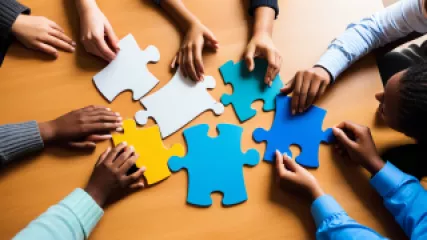Maximizing the Impact of Your Advertising Strategy
1 year ago
Impact of Advertising
Expert Insights: Addressing Marital Issues Through Effective Communication
1 year ago
Marital Issues
The Healing Power of Eco-Therapy: A Personal Perspective
1 year ago
Eco Therapy
Effective Family Conflict Management Therapy
1 year ago
Navigating Family Conflict
Enhance Your Mood with Music Therapy: A Step-by-Step Guide
1 year ago
Music Therapy Benefits
Top 10 Children's Mental Health Resources for Building Resilience
1 year ago
Child Resilience Building
Top 10 Self-Compassion Activities to Try Today
1 year ago
Self Compassion Techniques
The Power of Learning to Say No in Personal Relationships
1 year ago
Boundaries in Personal Life
Practical Steps for Cultivating Empathy Development Tools
1 year ago
Cultivating Empathy
The Ultimate Guide to Boosting Self-Esteem as You Age
1 year ago
Aging and Self Esteem
How to Conquer Obstacles and Boost Your Mental Health Empowerment
1 year ago
Overcoming Obstacles
Top 10 Tips for Managing Child Media Exposure in the Digital Age
1 year ago
Child Media Exposure
How Can Sibling Mediation Services Help Resolve Sibling Rivalry Issues?
1 year ago
Sibling Rivalry Solutions
Understanding the Effects of Bullying: The Ultimate Guide to Counseling for Bullying Trauma
1 year ago
Bullying Effects














